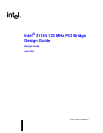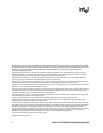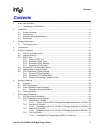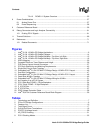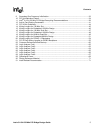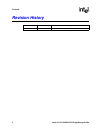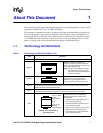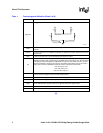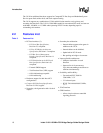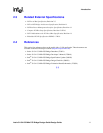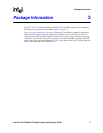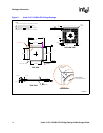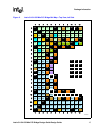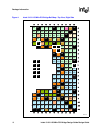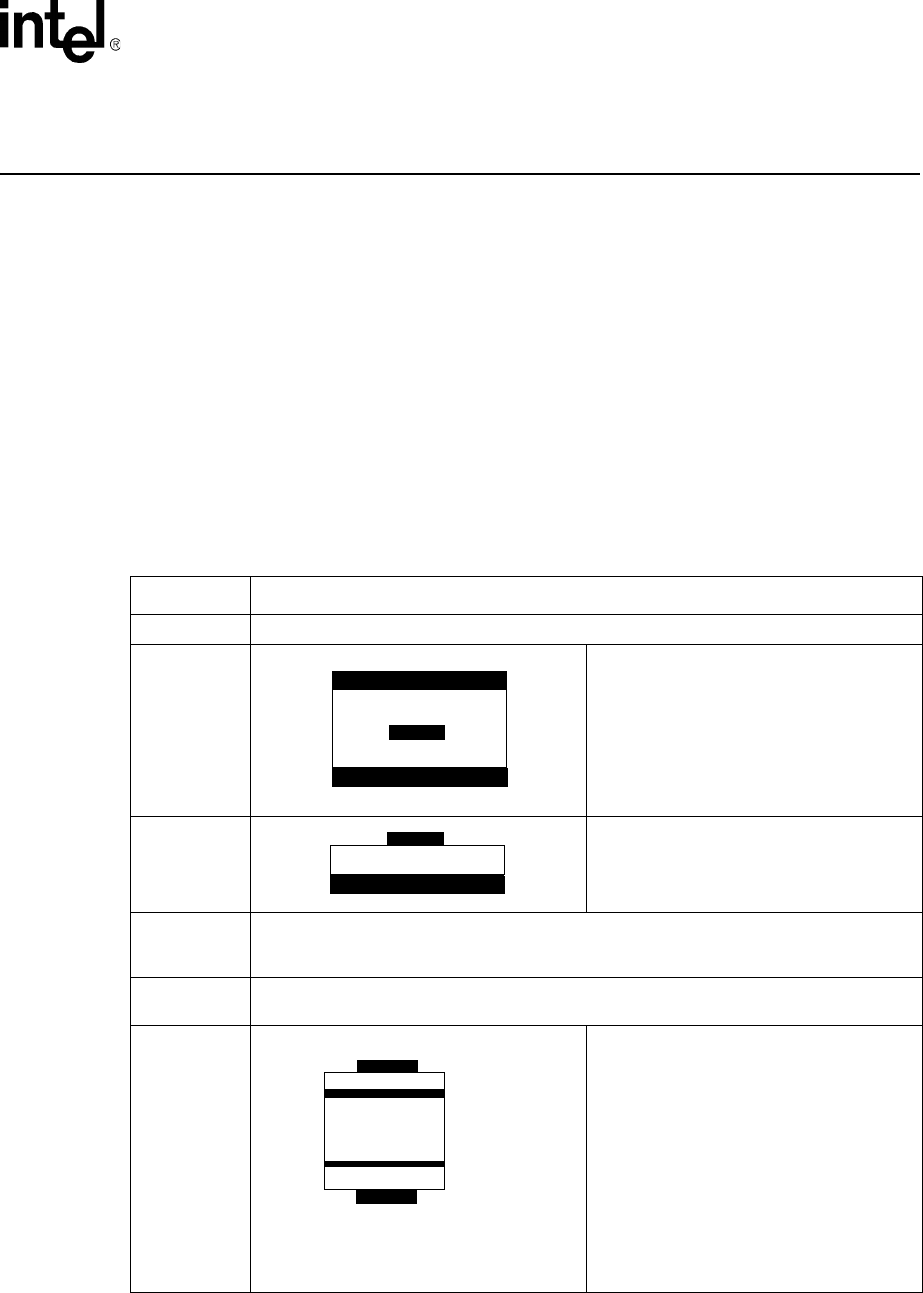
Intel
®
31154 133 MHz PCI Bridge Design Guide Design Guide 7
About This Document
About This Document 1
This document provides layout information and guidelines for designing platform or add-in board
applications with the Intel
®
31154 133 MHz PCI Bridge.
This document is intended to be used as a guideline only. Intel recommends that you employ best-
known design practices with board-level simulation, signal-integrity testing, and validation for a
robust design. Please note that this design guide focuses on specific design considerations for the
31154 Bridge and is not intended to be an all-inclusive list of all good design practices. Use this
guide as a starting point, and use empirical data to optimize your particular design.
1.1 Terminology and Definitions
Table 1. Terminology and Definition (Sheet 1 of 2)
Term Definition
31154 Intel
®
31154 133 MHz PCI Bridge
Stripline
Stripline in a PCB is composed of the
conductor inserted in a dielectric with GND
planes to the top and bottom, as shown in the
cross-section diagram at left.
NOTE: An easy way to distinguish stripline
from microstrip is that you need to
strip away layers of the board to view
the trace on stripline.
Microstrip
Microstrip in a PCB is composed of the
conductor on the top layer above the
dielectric with a ground plane below, as
shown in the cross-section diagram at left.
Prepreg
Prepreg is material used for the lamination process of manufacturing PCBs. It consists of a
layer of epoxy material that is placed between two cores. This layer melts into epoxy when
heated and forms around adjacent traces.
Core
Core material is used for the lamination process of manufacturing PCBs. This material is two-
sided laminate with copper on each side. The core is an internal layer that is etched.
PCB
Printed circuit board: An example PCB
manufacturing process consists of the
following steps:
• A PCB consists of alternating layers of
core and prepreg stacked.
• The finished PCB is heated and cured.
• The via holes are drilled.
• Plating covers holes and outer surfaces.
• Etching removes unwanted copper.
• The PCB is tinned, coated with solder
mask, and silk-screened.
Layer 1: copper
Prepreg
Layer 2: GND
Core
Layer 3: V
CC
Layer 4: coppe
r
Prepreg
Example of a cross-section of
a four-layer stack



